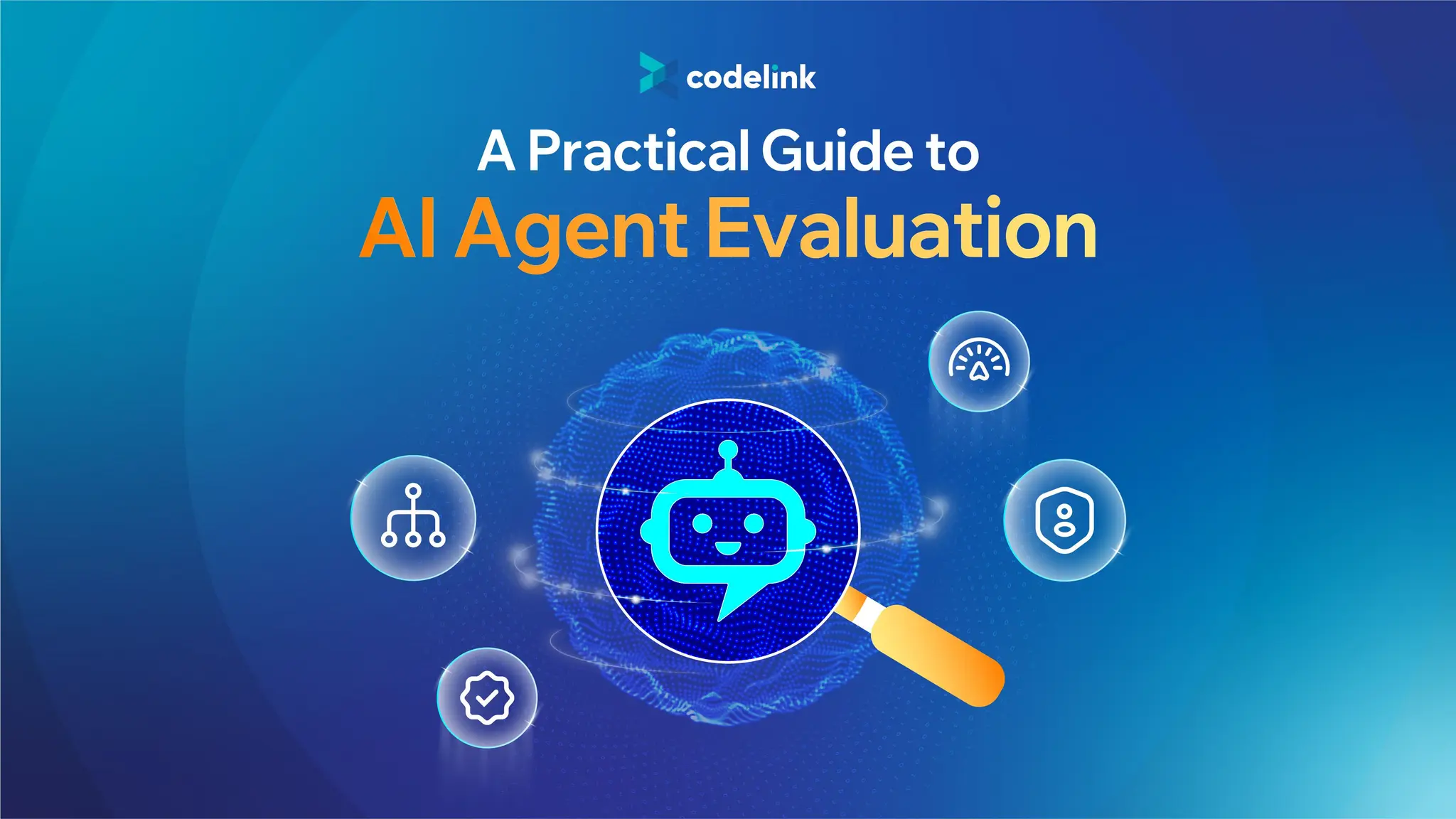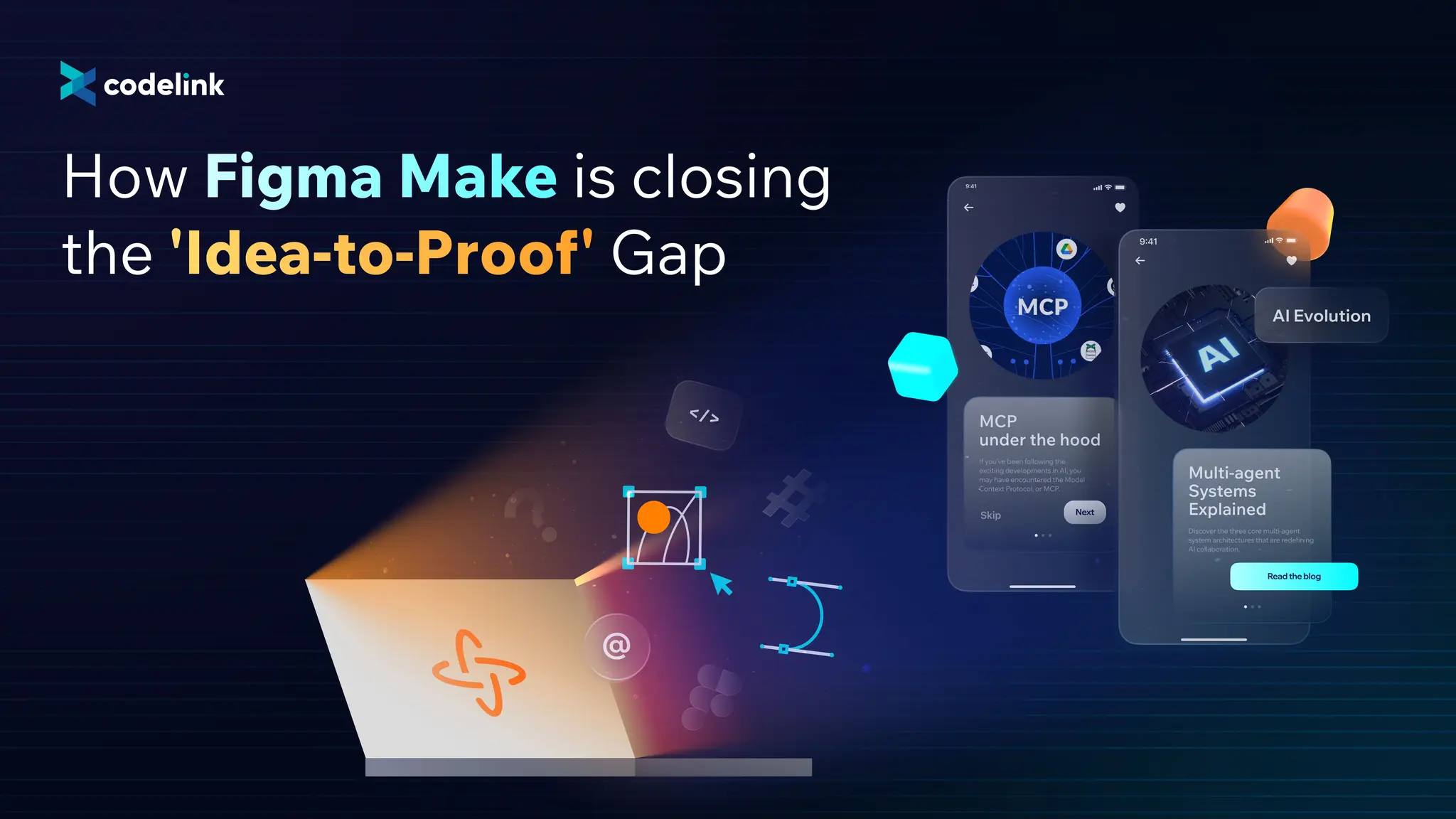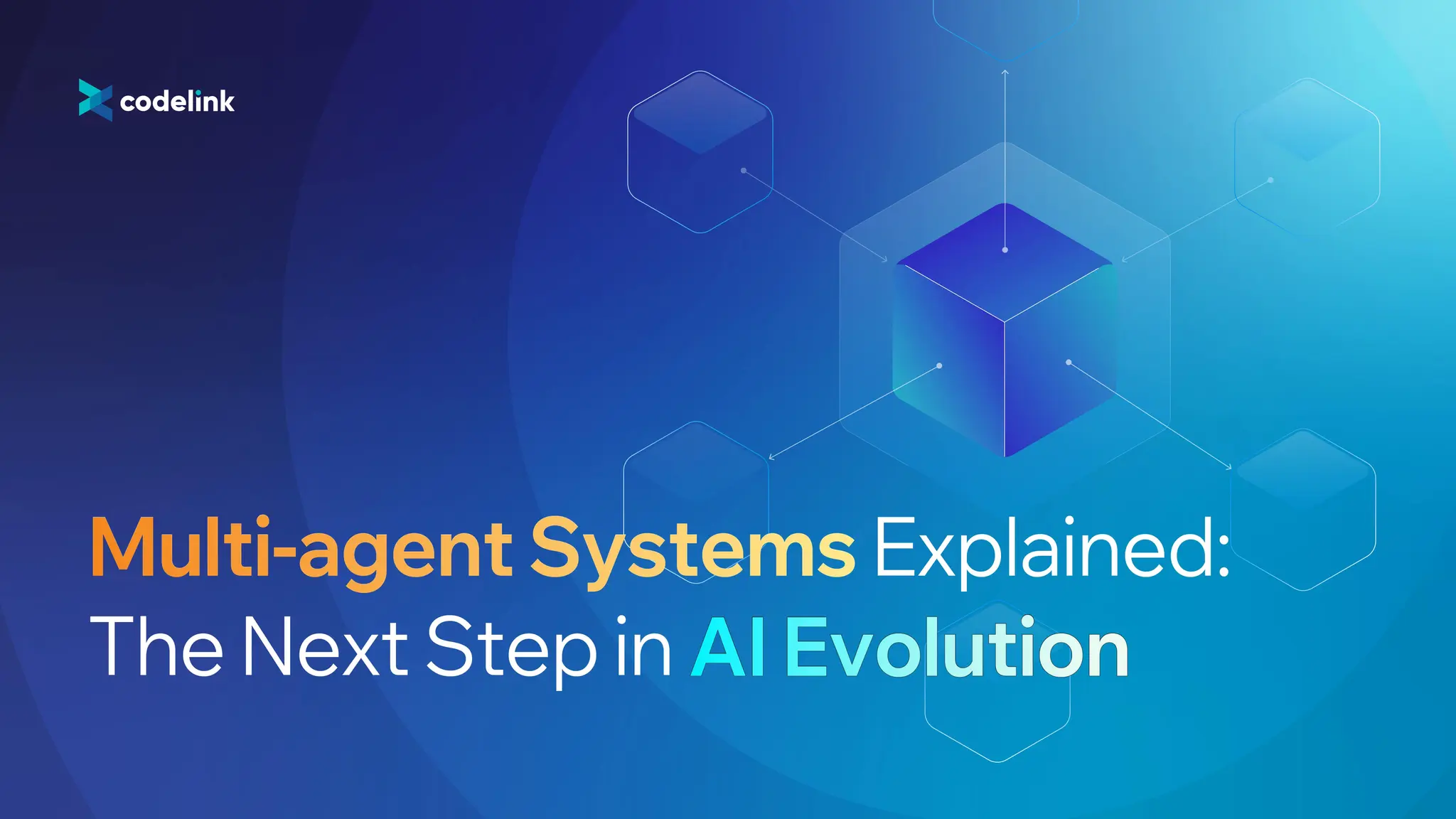Text-to-Speech Datasets: Building High-Quality Application
Unlocking the potential of data: From ultra-realistic AI voices to game-changing tools. Dive into a case study on Báo Nói Application, an innovative Vietnamese TTS dataset.

In today's rapidly evolving digital landscape, text-to-speech AI has emerged as a game-changer, powering voice assistants, audiobook narrations, and GPS systems. But what sets these AI-generated voices apart, making them sound so natural and human-like?
The secret ingredient is high-quality data used to train text-to-speech AI models.
In this blog, we'll delve into the significance of data collection, examine various methods and tools for collecting and preparing data, discuss challenges and ethical considerations, and look at real-world examples.
The Crucial Role of Data in Text-to-Speech AI
Data is the lifeblood of text-to-speech AI models. The more diverse, representative, and unbiased the data used to train these models, the more accurate and natural-sounding the resulting speech.
High-quality data ensures AI-generated speech is inclusive, catering to different accents, dialects, and languages. This broadens the reach of AI voices, making them accessible to a wide range of users while minimizing errors and inaccuracies.
Harnessing Cutting-Edge Tools for Data Collection and Annotation
Efficient data collection and annotation are crucial for developing accurate and high-quality text-to-speech AI models. Pioneering tools, such as annotation software and automatic speech recognition (ASR) services, have revolutionized the process. These tools not only automate the alignment of audio and text but also offer user-friendly interfaces for manual adjustments, ensuring the precision and quality of text-to-speech models.
One particularly helpful annotation tool for text-to-speech data simplifies the alignment of audio and text, making it easy for users to create audio-text pairs:
- Upload an audio file.
- Input the corresponding text.
- The system processes the audio and divides it into smaller segments.
- An ASR service assigns text to each segment.
- Users can edit the text and align the audio using a slider within the app.
- The resulting audio-text pair is saved in Firebase storage, retaining the original audio file's name.
By streamlining the annotation process, this tool enhances the accuracy and quality of text-to-speech models, making them more efficient and valuable across a wide array of applications.
Creating Your Own Text-to-Speech Datasets
 Annotation tool for text-to-speech datasets
Annotation tool for text-to-speech datasets
Ready to build your own AI-generated speech? CodeLink has an open source a tool for collecting and processing speech data in this Github repository. This is a guide to collect data, set up a development environment, and execute AI text-to-speech using Firebase and Google Cloud Platform.
To run the project, you'll need to set up both the Firebase project and Firebase storage. Key tasks include creating a Firebase project, setting up Firebase storage, and configuring a Firebase Cloud Function. Additionally, you'll need a Google Cloud Platform project to operate the Text-To-Speech project. For further guidance, consult the Firebase documentation.
By following steps annotated in the Github repository, along with configuring essential files and deploying services to Cloud Run and Firebase, you can ensure seamless development and execution of AI text-to-speech projects using Firebase and Google Cloud Platform.
Innovative annotation tools play a pivotal role in building high-quality text-to-speech AI models. By automating the alignment of audio and text and offering user-friendly interfaces for manual adjustments, these tools contribute to the precision and quality of AI-generated speech.
Collaborative Efforts: Sharing Data to Drive Innovation
Collaboration and data sharing play a vital role in advancing AI-generated speech. Embracing open-source approaches and sharing data from diverse sources (i.e., audiobooks, news articles, podcasts), companies like Google and Amazon contribute to the development of AI voices while fostering innovation and inclusivity within the field.
Open-source initiatives, like Google's decision to make its text-to-speech dataset publicly accessible, enable researchers and developers worldwide to enhance their AI models. By sharing data and tools, the AI community can collectively improve models, ensuring diverse perspectives and voices are represented in AI-generated speech.
This collaborative approach fosters a vibrant and inclusive environment, thereby greatly enriching the AI community. It not only guarantees the representation of diverse perspectives and voices in AI-generated speech but also brings about remarkable advantages for the entire community.
Case Study: A Vietnamese Dataset for Text-to-Speech
While numerous high-quality voice datasets exist for English, there is a notable gap in the availability of a high-quality Vietnamese dataset.
A Vietnamese dataset for text-to-speech has been released using the advanced annotation tools. This dataset consists of 10,000 audio-text pairs recorded by a professional voice actor and sourced from news articles.
Designed for training text-to-speech models in the Vietnamese language, the dataset exemplifies the potential of high-quality data in creating accurate and natural-sounding AI-generated speech across different languages.
Báo Nói Application: Integrating AI Text-to-Speech into Business

Presenting the Baonoi app, your gateway to the future of Text-to-Speech technology. Countless enterprises are reaping the rewards of AI-generated speech, fueled by top-tier data. Using progressive APIs and a multitude of data streams, such as audiobooks, they craft unique AI voices that represent their brands.
By centering on data drawn from authentic scenarios, businesses are breathing life into AI-generated speech, enhancing its naturalness and precision. The text-to-speech landscape has seen the development of numerous models, and the quality of datasets remains the primary catalyst of this innovation.
Text-to-speech technology not only enables businesses to amplify the value of their offerings but also fosters consistent evolution in AI-generated speech technology applications. It enhances user interaction, making their experiences more seamless and enjoyable. Step into the future of TTS with the Baonoi app - where innovation meets user satisfaction.

Phong Nguyen
Technical Lead
Phong is a Technical Lead with over ten years of experience, including seven years dedicated to developing scalable AI systems. He specializes in Large Language Models (LLM), Natural Language Processing (NLP), and Computer Vision (CV), bridging technical complexities with strategy to drive impactful, data-driven solutions.






